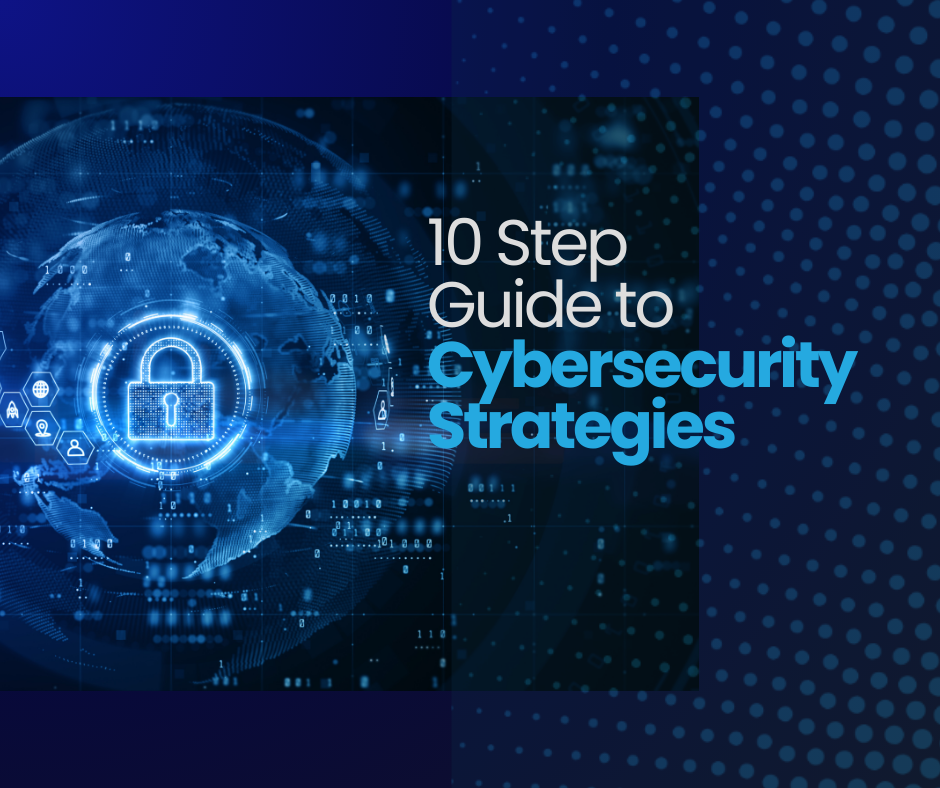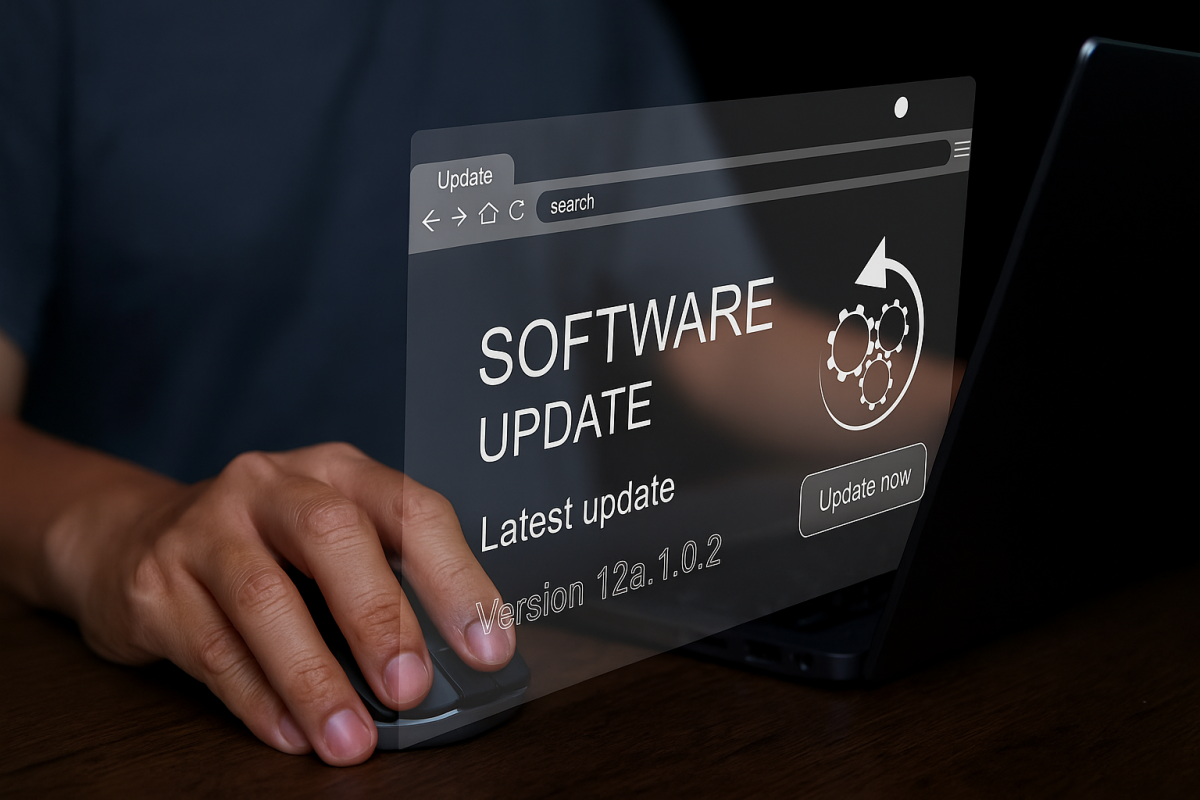

An SMB’s Ten Step Guide to Cybersecurity Strategies
To keep your business’s operations running smoothly, you want to ensure you are on top of cybersecurity. Hackers, phishers, and data breachers alike are hungry to exploit businesses’ most sensitive information through gaining electronic access to their data. With 94% of SMBs reporting at least one cyberattack , it is time to ensure you’re prepared to fight off the threat of cyberattacks.
These ten suggestions will help you understand what should be prioritized when managing your cybersecurity strategies.
1: Establish Organizational Security
Organizational security is the planned list of steps used to prevent a cyberattack, as well as the steps taken after an attack. Every business requires unique protection; think of security measures you already have in place, what practices you participate in that may put you at risk, and what common threats your industry faces while making your plan.
2: Communicate Quickly and Clearly
Unfortunately, cyberattacks are a matter of “when” rather than “if”. That means establishing secure communication channels for employees to use during an attack is a crucial part of planning your strategy.
Brevity is the soul of wit. Be concise when giving information regarding the attack to your employees and IT support. Refer to your organizational security plan to help guide you through this predicament.
3: Update Your Software
In May of 2017, the WannaCry ransomware attack devastated the computers of around 230,000 companies globally. Hospitals in the UK, several government bodies across India, and other prominent institutions fell victim to the attack. How did this cryptoworm successfully target such a wide range of facilities? By exploiting their outdated software.
Software providers are constantly updating their systems. Old versions of software are abandoned to shift focus on the latest rendition. Ensuring your hardware can support the latest software updates is one of the easiest steps you can take to secure cyber protection for your business.
4: Stay Up to Date on News and Trends
We know, keeping up with news of any kind these days is a grueling task. But brushing up on what’s happening in the world of cybersecurity (and beyond!) will help guide your decisions to strengthen your business’s cybersecurity.
Sites like The Hacker News report a vast range of stories related to cybersecurity. Scroll through their top stories and keep an eye out for keywords relevant to you. This includes names of companies you purchase hardware and software from and words like ‘business’, ‘resume’, and ‘job’.
5: Provide Employee Cybersecurity Training
This really can’t be stressed enough. Requiring cybersecurity awareness training will give your employees the skills needed to detect phishing attempts and other cybersecurity threats. If this isn’t already part of your onboarding process, then there’s no better time than the present to instate it.
6: Document the Incident
When your business falls victim to a cyberattack, you should document what happened. It is recommended that organizations file a report stating the details of the attack to the FBI.
Some SMB owners worry that filing a report will draw customers away from their business. But not being honest with your clients will ultimately do more harm than good for your business. Not only that, but having a record of the incident will help when seeking legal counsel regarding the incident.
7: Know Who Knows What
It’s easier than ever to let technology remember things we would recall ourselves just 20 years ago. When was the last time you wrote down a password instead of asking your browser to save it for you? Features like these are convenient, but they also hold onto information cybercriminals are eager to get their hands on. You want to know who has access to your private data, what they know about it, and what they can do to prevent cybercriminals from gaining access to it.
8: Ensure You Have Access to Backups
Server backups are a great way to ensure your data stays safe during any kind of disaster recovery. Whether a hacker gained access to your primary server or a natural disaster compromised it, putting copies of files on a secondary server means operations can continue even during the worst-case scenario.
9: Limit Employee Permissions
Provide employees only with the resources they need to do their job, period. As the number of people with permitted access to your data rises, so does the risk of unwelcome visitors sneaking their way in.
You should also monitor the technology you provide your employees with, such as work-issued smartphones and laptops. Create guidelines for how the devices should be used by any employee.
10: Lock Your Wi-Fi
Please password-protect your wi-fi networks, we’re begging you. Think of your wi-fi network as a back door; leaving it unlocked makes it easier for intruders to break in, taking whatever they want without being detected. By protecting your wi-fi access with a strong password, you are keeping the metaphorical back door locked up and inaccessible to hackers.
Our world of online commerce, virtual work, and digital communication requires us to be ultra-vigilant of how we handle our business’s most sensitive information. Cybersecurity does not have to be some intimidating force that needs to be tackled—all it takes is a little awareness and education to feel more secure in your approach to stopping cybercriminals in their tracks.
LeadingIT is a cyber-resilient technology and cybersecurity support provider. With our concierge support model, we provide customized solutions to meet the unique needs of nonprofits, schools, manufacturers, accounting firms, government agencies, and law offices with 20-200 employees in the Chicagoland area. Our team of experts solves the unsolvable while helping our clients leverage technology to achieve their business goals, ensuring the highest level of security and reliability.


